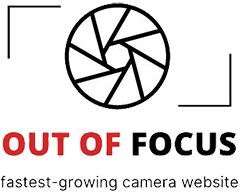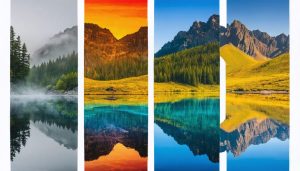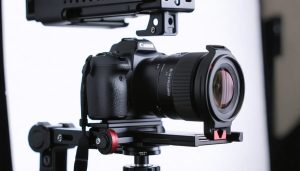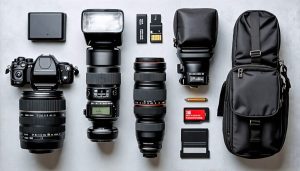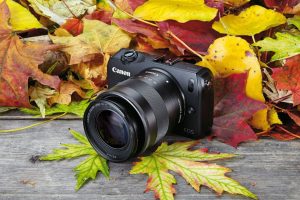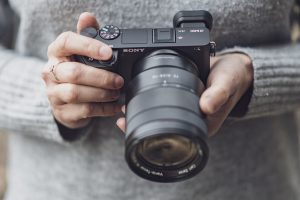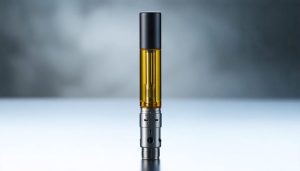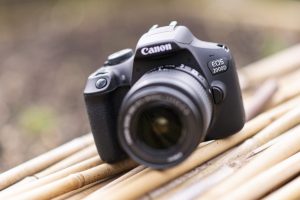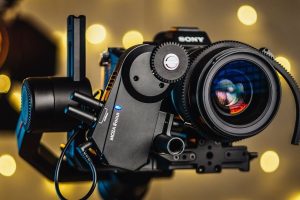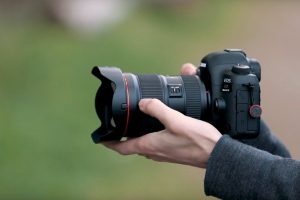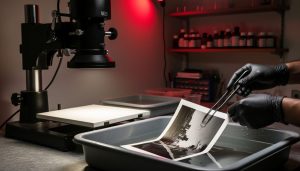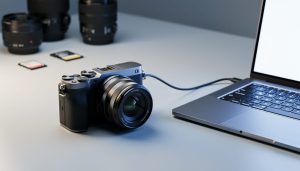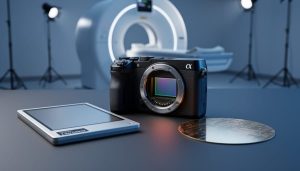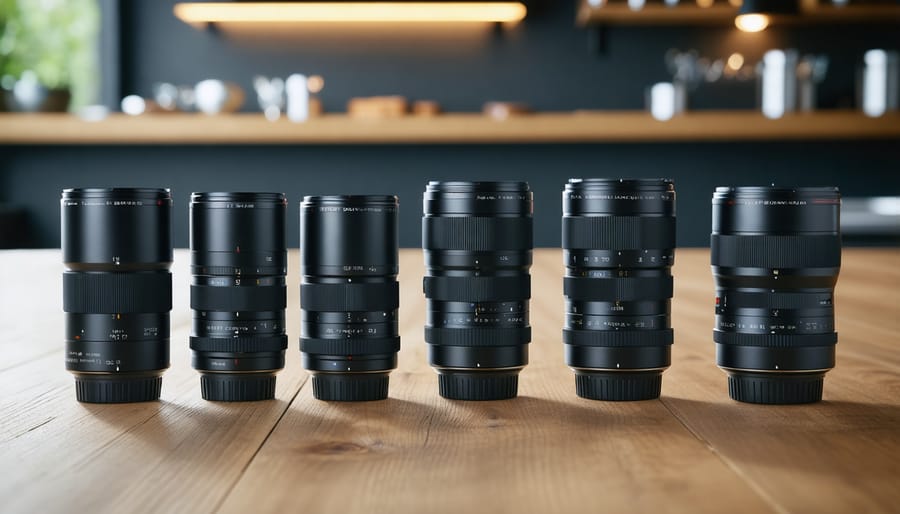
In a market flooded with expensive autofocus lenses, 7artisans has carved out a compelling niche by offering manual focus alternatives that combine optical quality with affordability. These Chinese-manufactured lenses deliver many of the same prime lens advantages – from superior sharpness to excellent bokeh – at a fraction of the cost of their mainstream counterparts. While budget-friendly manual lenses often raise eyebrows among photography purists, 7artisans has consistently challenged expectations through their careful balance of build quality, optical performance, and value. This comprehensive review examines their most popular offerings, from the versatile 35mm f/1.4 to the ultra-wide 7.5mm f/2.8, exploring real-world performance across different shooting scenarios and camera systems. Whether you’re a street photographer seeking a compact companion or a landscape enthusiast requiring edge-to-edge sharpness, understanding the strengths and limitations of these lenses will help you make an informed decision about incorporating them into your creative toolkit.

Build Quality and Design
Materials and Construction
7artisans lenses consistently impress with their solid metal construction, a refreshing departure from the plastic-heavy builds common in this price range. The all-metal barrel and mount provide a satisfying heft that reminds you of vintage manual lenses from decades past. Most models feature smooth-turning focus rings with just the right amount of resistance, though some users might need time to adjust to their slightly tighter feel compared to modern autofocus lenses.
The aperture rings click firmly into place at each stop, offering precise control over exposure settings. While the build quality is generally excellent for the price point, some copies may exhibit slight variations in quality control. The lens elements are multi-coated, though not to the same standard as premium manufacturers, which is reasonable given their price point.
One notable feature is the metal lens hood included with most models, adding both protection and value. The focus throw is generally longer than modern lenses, allowing for more precise manual focusing. While weather sealing is absent, the robust construction suggests these lenses can handle regular use with proper care.
Handling and Ergonomics
The handling experience of 7artisans lenses is distinctly old-school, which can be either charming or challenging depending on your preferences. The all-metal construction provides a satisfying heft, though some photographers might find the lenses slightly front-heavy on smaller mirrorless bodies.
Focus rings across the lineup demonstrate consistent smoothness and resistance, making manual focusing a pleasant experience. The dampening is well-calibrated – not too loose or tight – allowing for precise adjustments without feeling stiff. Most lenses in the range feature generously sized focus rings with ribbed grips that provide excellent tactile feedback, even when shooting with gloves.
Aperture rings click firmly into place at third-stop intervals, though some users report occasional stiffness in newer units that tends to smooth out with use. The distance scale markings are clearly engraved and easy to read in various lighting conditions, making zone focusing practical for street photography.
One minor ergonomic concern is the relatively compact size of some aperture rings, which can be slightly fiddly for photographers with larger hands. However, this compact design contributes to the lenses’ overall portability and streamlined profile.
Optical Performance
Sharpness and Detail
When it comes to sharpness, 7artisans lenses consistently deliver impressive results in the center of the frame, particularly when stopped down to f/4-f/8. Testing various lenses from their lineup, we’ve found that center sharpness often rivals that of much more expensive glass, making these lenses particularly appealing for portrait and still life photography.
At wider apertures like f/1.4 or f/1.8, center sharpness remains quite respectable, though you’ll notice a characteristic softness that some photographers actually prefer for creative purposes. This gentle rendering at wide apertures can create a pleasing, dreamy effect that works wonderfully for portraiture.
Corner sharpness, however, tells a different story. Most 7artisans lenses exhibit noticeable corner softness when shot wide open, which is typical for budget-friendly manual focus lenses. This improves significantly when stopping down to f/5.6 or f/8, though it rarely matches the excellence of the center performance.
In real-world shooting, we’ve found that the 35mm f/1.4 and 50mm f/1.8 models perform particularly well, showing excellent detail retention in the center even at wider apertures. Landscape photographers should note that optimal corner-to-corner sharpness is achieved between f/8 and f/11, where these lenses really shine.
For macro work, the 60mm f/2.8 macro lens stands out with exceptional detail reproduction across the frame, rivaling some premium alternatives at a fraction of the cost. While pixel-peepers might notice some minor imperfections, the overall sharpness and detail rendering make these lenses highly capable tools for serious photographers working within a budget.

Bokeh and Character
When it comes to the visual character of 7artisans lenses, their unique rendering and aperture control and bokeh quality create a distinctive look that many photographers find appealing. The bokeh characteristics vary across their lens lineup, but most models produce a pleasantly smooth background blur with circular highlights at wider apertures.
The 55mm f/1.4 particularly stands out for its dreamy bokeh rendering, creating beautiful, creamy backgrounds that work wonderfully for portraiture. While not quite as refined as premium alternatives, the bokeh maintains a natural, organic quality that adds character to images. At maximum aperture, you’ll notice slight cats-eye bokeh balls toward the frame edges – a characteristic that some photographers actually prefer for its artistic effect.
In terms of overall rendering, 7artisans lenses tend to produce images with a slightly vintage character, especially wide open. Colors are rendered naturally, though not as punchy as modern auto-focus lenses. There’s a subtle warmth to the images that works particularly well for environmental portraits and street photography.
What’s particularly interesting is how these lenses handle transitions between in-focus and out-of-focus areas. While not as clinical as premium options, they create a gradual, more painterly transition that can add depth to your compositions. This characteristic becomes especially apparent when shooting at closer focusing distances, where the separation between subject and background becomes more pronounced.
At narrower apertures, the bokeh circles become more geometric due to the aperture blade design, but they maintain a pleasant, non-distracting quality that works well for most shooting scenarios.
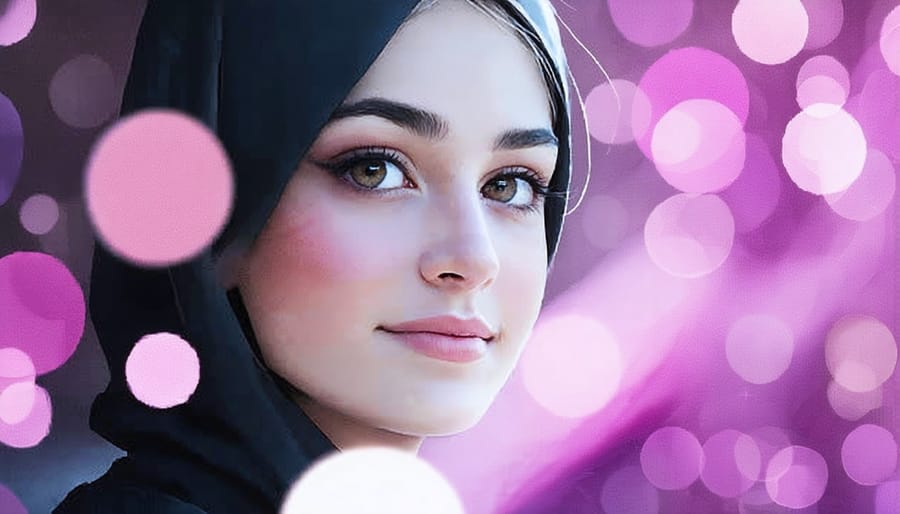
Aberrations and Flaws
Like many budget-friendly manual lenses, 7artisans optics exhibit certain common lens aberrations that photographers should be aware of before making their purchase. While these flaws don’t necessarily make the lenses unusable, understanding them helps set realistic expectations and work around potential limitations.
Chromatic aberration is perhaps the most noticeable issue across the 7artisans lineup, particularly in high-contrast scenes. You’ll spot purple or green fringing along bright edges, especially when shooting wide open. This is most pronounced in their faster prime lenses, like the 35mm f/1.4, though it improves significantly when stopping down to f/2.8 or smaller.
Vignetting is another characteristic present in most 7artisans lenses, showing up as darker corners in your images. While some photographers actually appreciate this effect for creative purposes, it’s worth noting that it’s quite prominent at wider apertures. The good news is that vignetting typically reduces when stopping down and can be easily corrected in post-processing.
Distortion varies across the lineup but is most noticeable in their wider focal lengths. The 7.5mm fisheye naturally produces extreme barrel distortion as part of its design, while their 35mm and 50mm offerings show minimal distortion that won’t impact most real-world shooting scenarios.
Flare and ghosting can be challenges, particularly in backlit situations. The lens coatings aren’t quite up to par with premium manufacturers, resulting in reduced contrast and occasional artifacts when shooting toward bright light sources. Using the included lens hood helps mitigate these issues, though you’ll still want to be mindful of light placement in your compositions.
Despite these imperfections, it’s important to remember that many of these aberrations can be corrected in post-processing, and some might even contribute to the unique character that makes these lenses appealing to certain photographers. The key is understanding these limitations and working with them rather than against them.
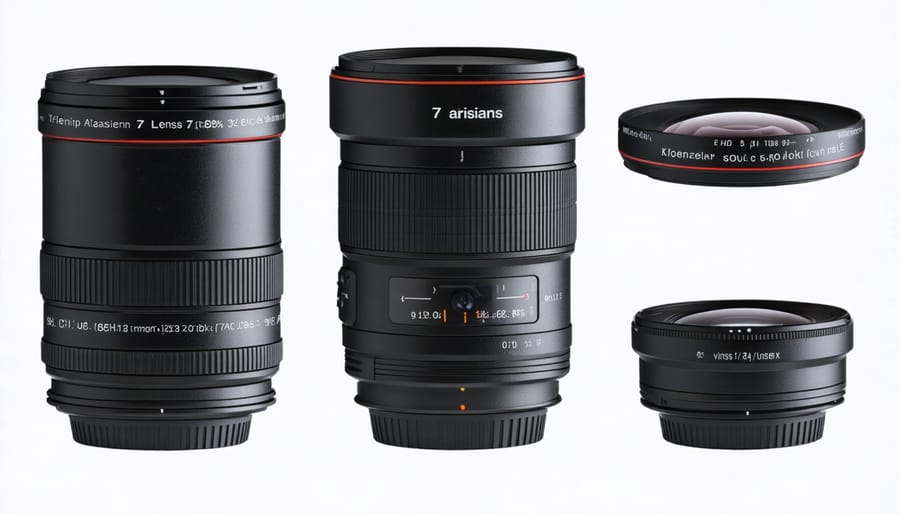
Popular 7artisans Lenses Compared
35mm f/1.4
The 7artisans 35mm f/1.4 is a compelling option for photographers seeking a budget-friendly manual focus lens with character. Built primarily for mirrorless cameras, this lens offers a classic focal length that’s versatile enough for street photography, environmental portraits, and everyday shooting.
The all-metal construction feels surprisingly premium for its price point, though the focus ring could be slightly smoother in operation. When shooting wide open at f/1.4, the lens exhibits noticeable softness and dreamy bokeh that many photographers actually prefer for its vintage aesthetic. Stop down to f/2.8, and you’ll find significantly improved sharpness across the frame, with peak performance around f/5.6-f/8.
Color rendering is generally warm and pleasing, though you might notice some chromatic aberration in high-contrast scenes when shooting at wider apertures. The lens also displays moderate vignetting at f/1.4, which gradually improves as you stop down.
One of the standout features is its close focusing distance of 0.35m, allowing for decent close-up shots. The 10-blade aperture design creates smooth, circular bokeh balls that add a distinctive character to out-of-focus areas.
For photographers willing to embrace manual focus and work around some optical imperfections, the 7artisans 35mm f/1.4 offers remarkable value. It’s particularly well-suited for those who appreciate vintage rendering and aren’t afraid to slow down their shooting process.
50mm f/1.8
The 7artisans 50mm f/1.8 represents the company’s take on the classic “nifty-fifty” lens, and it’s a compelling option for photographers looking to explore manual focus photography without breaking the bank. At around $89, this lens delivers surprisingly good optical performance, especially when stopped down to f/2.8 or smaller.
Wide open at f/1.8, the lens exhibits noticeable softness and some chromatic aberration in high-contrast scenes, which is typical for budget lenses in this category. However, the bokeh quality is pleasantly smooth, creating attractive background blur that works particularly well for portrait photography.
The all-metal construction feels solid in hand, with a smooth focus ring that offers just the right amount of resistance for precise manual focusing. The aperture ring clicks satisfyingly at third-stop intervals, though some photographers might prefer a de-clicked version for video work.
Where this lens truly shines is in its size and weight. It’s compact enough to maintain excellent balance on most mirrorless cameras while providing that classic 50mm focal length that’s perfect for everything from street photography to environmental portraits.
Color rendition leans slightly warm, which can be particularly flattering for portraiture, though it’s easily adjustable in post-processing if needed. While it may not match the clinical sharpness of premium autofocus alternatives, the image character has a distinct vintage charm that many photographers will appreciate.
25mm f/1.8
The 7artisans 25mm f/1.8 is a compact wide-angle lens that offers remarkable value for photographers exploring manual focus options. Its all-metal construction feels surprisingly premium for its price point, though the focus ring could benefit from slightly smoother action.
In real-world shooting, this lens demonstrates impressive sharpness in the center when stopped down to f/2.8-f/4, making it particularly suitable for landscape and architectural photography. Wide open at f/1.8, the lens exhibits noticeable softness and vignetting, but these characteristics can actually work in your favor for creative portrait work or moody street photography.
Color rendering is pleasantly neutral, avoiding the overly warm or cool tints that sometimes plague budget lenses. While chromatic aberration is present in high-contrast scenes, it’s easily correctable in post-processing. The lens produces attractive sunstars when stopped down, though flare control could be better.
One standout feature is its close focusing capability, allowing you to get within 0.18 meters of your subject. This versatility makes it an excellent choice for detail shots and creative close-ups, despite not being a dedicated macro lens.
For APS-C mirrorless cameras, this lens provides a useful 37.5mm equivalent focal length on most systems, placing it in a sweet spot between wide-angle and standard perspectives. While not perfect, its optical performance and build quality make it a compelling option for photographers on a budget.
Value Proposition
When it comes to budget-friendly photography equipment, 7artisans has carved out a compelling niche in the market. These manual focus lenses typically cost between $150-300, offering significant savings compared to first-party alternatives that can run upwards of $1,000 or more.
The value proposition becomes particularly interesting when comparing image quality to price. While 7artisans lenses may not match the absolute optical perfection of premium alternatives from Zeiss or Leica, they deliver impressive results that often exceed expectations for their price point. The 35mm f/1.4, for instance, produces images with character and charm that rival lenses costing three times as much.
Build quality is another area where 7artisans punches above its weight class. The all-metal construction and smooth focus rings feel remarkably similar to vintage premium lenses, offering a tactile experience that cheaper plastic alternatives simply can’t match. This durability factor adds significant long-term value to the investment.
However, it’s important to consider what you’re giving up for the lower price. Auto-focus capabilities, weather sealing, and sophisticated lens coatings are features you won’t find here. For many photographers, especially those exploring manual photography or shooting in controlled environments, these trade-offs are entirely acceptable given the substantial cost savings.
When compared to similar manual focus options from competitors like Meike or Pergear, 7artisans generally offers superior optical performance and better quality control. While you might find cheaper alternatives, the slight premium for 7artisans often translates to noticeably better image quality and reliability.
The value equation ultimately depends on your shooting style and needs. For photographers willing to embrace manual focus and work within these lenses’ limitations, 7artisans offers an exceptional balance of performance and affordability that’s hard to beat in today’s market.
After thoroughly testing and analyzing 7artisans lenses, it’s clear they offer compelling value for specific types of photographers. For beginners looking to expand their essential photography gear without breaking the bank, these lenses provide an excellent entry point into manual photography while delivering impressive image quality.
Street photographers will particularly appreciate the compact size and robust metal construction of these lenses. The manual focus experience, while requiring practice, can actually enhance your creative process and help develop better technical skills. Portrait photographers on a budget should seriously consider the 50mm f/1.8 or 35mm f/1.4 options, which deliver beautiful bokeh and sharp results when stopped down slightly.
However, these lenses aren’t for everyone. Professional event photographers who need quick autofocus should stick with native autofocus lenses. Similarly, photographers who frequently shoot in challenging lighting conditions might find the manual-only operation limiting.
For landscape and architectural photographers, the ultra-wide options like the 12mm f/2.8 offer excellent value, producing sharp images with minimal distortion when proper technique is applied. Videographers will appreciate the smooth focus rings and de-clicked aperture options available on some models.
The bottom line? 7artisans lenses represent exceptional value for photographers who understand and accept their limitations. They’re best suited for deliberate, thoughtful shooting styles and users willing to embrace manual operation. While they can’t compete with premium first-party lenses in terms of absolute performance, their price-to-quality ratio makes them a worthy addition to any photographer’s kit, especially as specialized creative tools or backup options.
